Why Synthetic Grass?
Switching to in synthetic grass for your Los Angeles and Southern California property will cost you less time and money for years to come. Everyone loves to see a fresh green lawn, but maintaining a perfect lawn all year round can be quite time-consuming. With the added cost to your water bill and the necessary time for maintenance, keeping up a perfect lawn can be a hindrance. Picking synthetic grass as a replacement for authentic grass can help bypass the drawbacks that a natural grass lawn might give you. Synthetic lawns save you time and money, they’re safe for kids, and even pet-friendly. Whether you’re looking for a lawn for your residence or for your business, it’s great to switch to artificial grass.
The Benefits of Synthetic Grass
-
Cuts down on water usage, saving many gallons of water each year and keeping your water bill manageable
-
No need for potentially harmful chemical and pesticide treatments
-
Non-allergenic, making the change to synthetic grass a good choice for parents and pet owners
-
Synthetic grass is strong, which means no more brown patches
-
Requires little to no maintenance
-
Holds its shape and color all year round
Residential Benefits
Not only is synthetic turf soft, but it’s also non-allergenic, making it comfortable for pets and kids alike. The perforated backing design provides optimal drainage, and allows both kids and pets a dry surface to return. Made without using hazardous chemicals or pesticides for maintenance, you don’t have to question if your kids and pets are healthy and safe when it’s playtime.
Business Benefits
Artificial grass is an excellent choice for your personal residence, but if you own a business or run an event space in Los Angeles and Southern California, the advantages of synthetic turf are just as good. Synthetic grass is heavy-duty and resistant to wear caused by heavy foot traffic, saving you the time spent maintaining and cost that typically follows an event. Think about how getting rid of the cost of genuine grass will affect your bottom line; water bill, fertilizers, maintenance, and reseeding are just the beginning.
